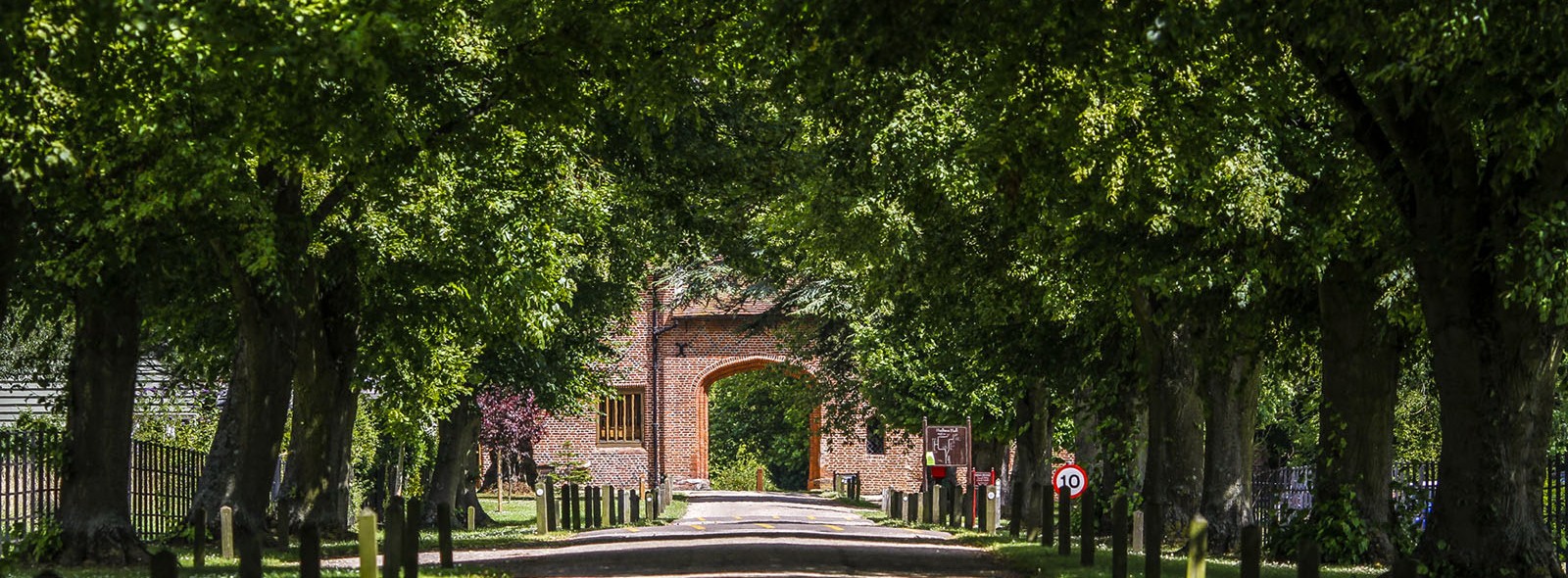Planning – Changes to Permitted Development
Government has recently published a number of radical changes to Permitted Development rights as part of its ‘Build, Build, Build’ campaign to support economic recovery. The changes include a reform of the Use Classes Order, permitted development rights to build upwards, and replacement of residential and commercial buildings with new residential development.
Change of Use Reform
The change of use of a building often requires the submission of a planning application, which then falls subject to national and local planning policies. But from 1st September 2020, Government regulations will allow for much greater flexibility to change use without the need for planning permission. A new Use Class E ‘Commercial, Business and Service’ will include retail, financial/professional services, restaurants/cafes, business, indoor sport, medical, day nursery, and day centre uses. This effectively replaces previous Use Classes A1, A2, A3, B1, and parts of D1 and D2.
A new Use Class F1 ‘Learning and Non-Residential Institutions’ will replace other parts of former D1 and D2 uses, whilst new Use Class F2 ‘Local Community’ will replace other D1 and D2 uses, along with new provisions for small village shops. All other uses, including pubs and takeaways, will be defined as ‘sui generis’, meaning that planning permission will always be required.
This will allow much greater flexibility for commercial property as planning permission will not be required to move between uses within each Use Class. There will be a transitory period until 31st July 2021, and then the full implications of this reform for the future of town centres, and out of town retail areas will become apparent.
Upward Extensions
New Regulations coming into effect on 31st August 2020 will allow for upward extensions to existing residential and commercial buildings built between 1948 and 2018. This includes residential extensions of up to two additional storeys above an existing dwelling, as well as new flats on top of existing residential or commercial buildings. These new rights are subject to a number of limitations and conditions, as well as a requirement to apply for Prior Approval from the Council in relation to specific matters, including design. The result is therefore likely to have a considerable impact in the street, but will allow for greater potential to develop, particularly in restricted areas like the Green Belt.
Demolition and Construction of Dwellings
Finally, new Regulations will allow for the demolition and replacement of vacant commercial buildings or blocks of flats with new residential developments as of 31st August 2020. Again this will be subject to a number of restrictions, including a requirement that the building be vacant for a period of 6 months, and an extensive Prior Approval application process. So whilst this might provide an opportunity to bypass the normal planning application route, take-up of this permitted right may in fact prove to be limited.
Written by: H. Izod/August 2020













